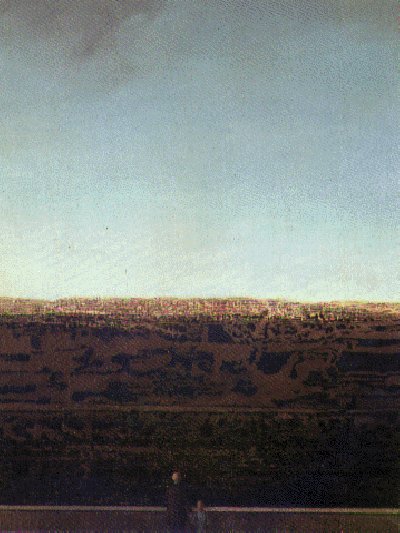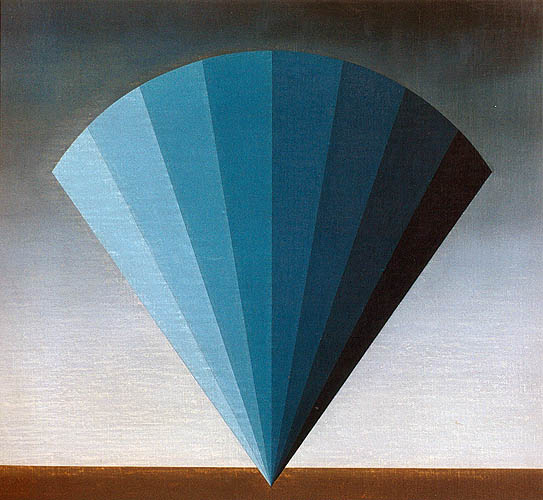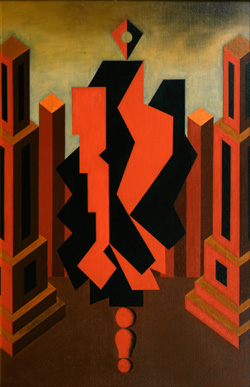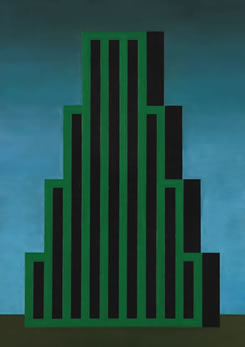Roberto Aizenberg (1928 – 1996)
Get a Roberto Aizenberg (1928 – 1996) Certificate of Authenticity for your painting (COA) for your Roberto Aizenberg (1928 – 1996) drawing.
For all your Roberto Aizenberg (1928 – 1996) artworks you need a Certificate of Authenticity (COA) in order to sell, to insure or to donate for a tax deduction.
Getting a Roberto Aizenberg (1928 – 1996) Certificate of Authenticity (COA) is easy. Just send us photos and dimensions and tell us what you know about the origin or history of your Roberto Aizenberg (1928 – 1996) painting or drawing.
If you want to sell your Roberto Aizenberg (1928 – 1996) painting or drawing use our selling services. We offer Roberto Aizenberg (1928 – 1996) selling help, selling advice, private treaty sales and full brokerage.
We have been authenticating Roberto Aizenberg (1928 – 1996) and issuing certificates of authenticity since 2002. We are recognized Roberto Aizenberg (1928 – 1996) experts and Roberto Aizenberg (1928 – 1996) certified appraisers. We issue COAs and appraisals for all Roberto Aizenberg (1928 – 1996) artworks.
Our Roberto Aizenberg (1928 – 1996) paintings and drawings authentications are accepted and respected worldwide.
Each COA is backed by in-depth research and analysis authentication reports.
The Roberto Aizenberg (1928 – 1996) certificates of authenticity we issue are based on solid, reliable and fully referenced art investigations, authentication research, analytical work and forensic studies.
We are available to examine your Roberto Aizenberg (1928 – 1996) painting or drawing anywhere in the world.
You will generally receive your certificates of authenticity and authentication report within two weeks. Some complicated cases with difficult to research Roberto Aizenberg (1928 – 1996) paintings or drawings take longer.
Our clients include Roberto Aizenberg (1928 – 1996) collectors, investors, tax authorities, insurance adjusters, appraisers, valuers, auctioneers, Federal agencies and many law firms.

Pintor y escultor surrealista. Comenzó a estudiar arquitectura, pero en 1950 abandona la carrera para dedicarse de lleno al arte. Fue alumno de Antonio Berni durante dos meses y luego, entre 1950 y 1953, tomó clases con Batlle Planas. Su pintura, que fue bautizada como quinética, es de origen surrealista y fue muy apreciada en París.
Su obra muestra torres aisladas, ciudades vacías, edificios deshabitados y construcciones poliédricas. Pintaba hombres incendiándose, torres solitarias y formas facetadas. Cada tanto ponía también, en sus obras, pequeñísimos personajes de espaldas al espectador: un padre y un hijo; quizás, una pareja. Utilizaba óleos de secado lento para obtener acabados perfectos, una gran densidad y un brillo fuera de lo común). En el principio fue el automatismo, recurso realista, en la que el artista deja que su mano se mueva con libertad sobre el papel. La mano trazaba múltiples y pequeños apuntes. El resultado es una variedad de bocetos, a los que es necesario elegir algunos y desechar el resto. Cada cuadro de Aizenberg, sin excepción, está ejecutado en dos momentos o dos fases: uno, donde predomina el azar y otro, donde el azar es excluido.
El trabajo posterior seguía todos los rigores renacentistas: veladuras, raspados y secativos, sumando capas tras capas de pintura hasta lograr esos cromatismos y degradés infinitos, insuperables. Y todo sin perder la frescura del lienzo. Tales rigores determinaban que anualmente concluyera sólo media docena de obras.
Su taller tenía la asepsia meticulosa de un quirófano. En la mesa de trabajo, como tubos de un órgano virtuoso, se alineaban lápices de puntas bien temperadas.

A lo largo de su carrera obtuvo importantes galardones, como el Premio Acquarone (1961), el Premio Selección Nacional (1963), Premio Selección de la Academia Nacional de Bellas Artes y Premio Palanza (1967), y el premio de pintura y dibujo de la Gimpel Hanover Gallery (1973, Zurich).
Falleció en febrero de 1996.



Reviews
1,217 global ratings
5 Star
4 Star
3 Star
2 Star
1 Star
Your evaluation is very important to us. Thank you.
